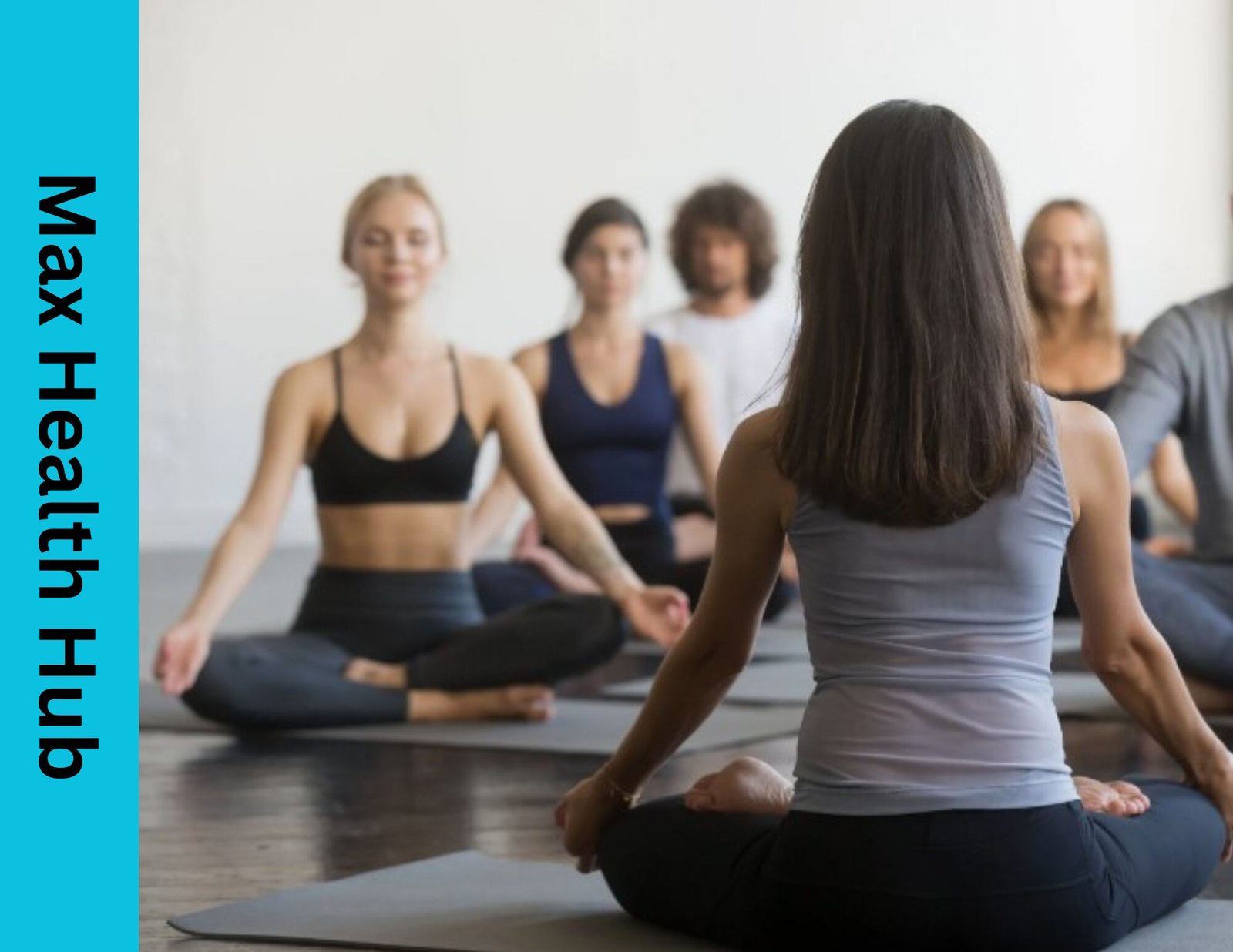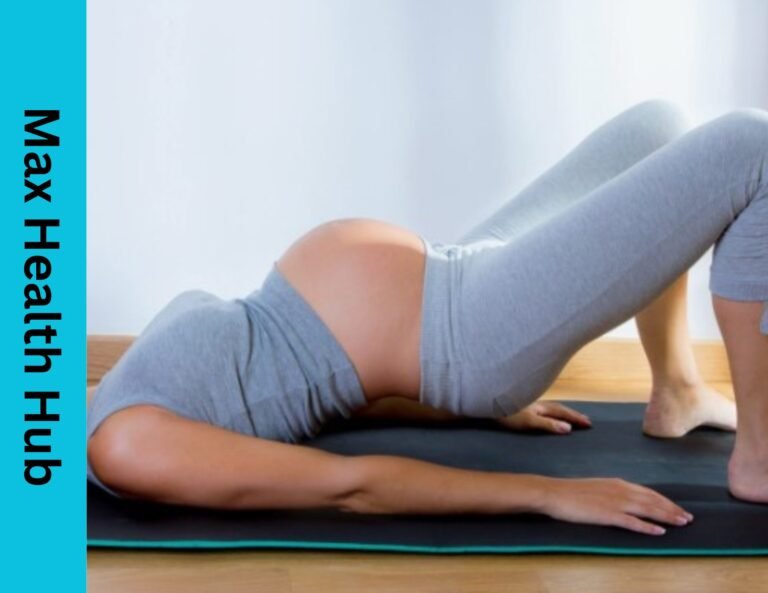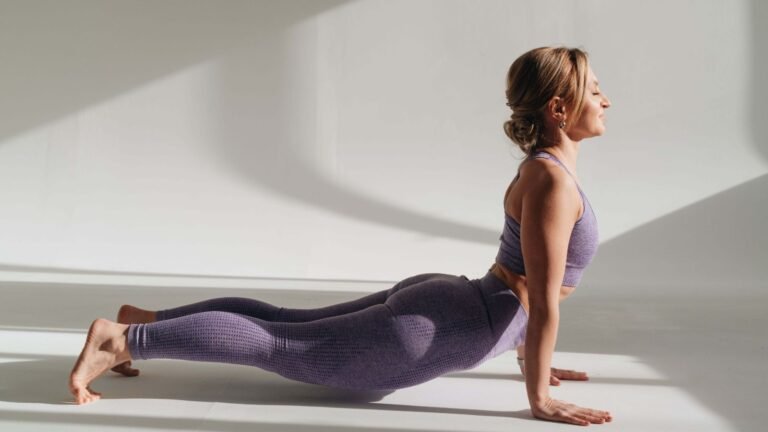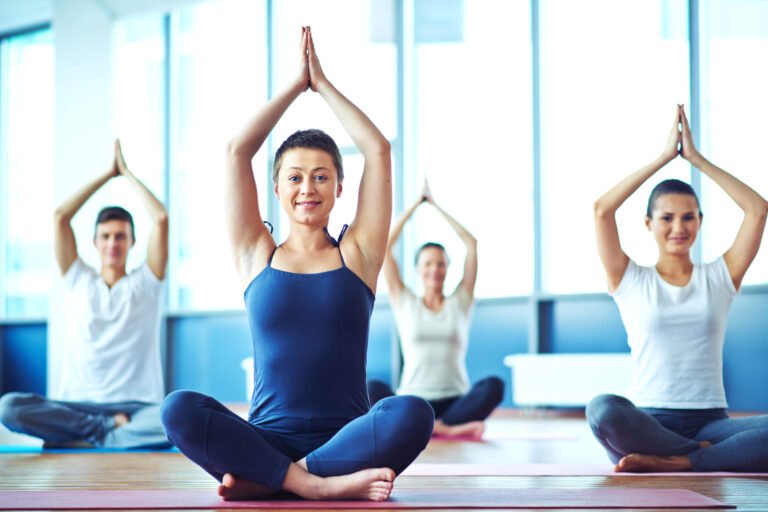Here’s How to Use Yoga for Stress Reduction Techniques
Stress has become a ubiquitous part of modern life, affecting people from all walks of life. While stress is a natural response to challenging situations, chronic stress can have detrimental effects on both physical and mental health. Fortunately, there are various techniques to manage and reduce stress, and one of the most effective methods is yoga. Yoga, an ancient practice originating from India, combines physical postures, breathing exercises, and meditation to promote overall well-being. This comprehensive guide explores how yoga can be used as a powerful tool for stress reduction, providing practical techniques and insights for incorporating yoga into daily life.
Understanding Stress and Its Impact
Before delving into how yoga can help reduce stress, it is essential to understand what stress is and how it affects the body and mind. Stress is the body’s response to any demand or threat, triggering a cascade of physiological changes, including the release of stress hormones like cortisol and adrenaline. While this “fight or flight” response can be beneficial in short-term situations, chronic stress can lead to a host of problems such as anxiety, depression, high blood pressure, and weakened immune function.
The Science Behind Yoga and Stress Reduction
Research has shown that yoga can significantly reduce stress levels and improve mental health. Yoga’s effectiveness in stress reduction can be attributed to several factors. Firstly, yoga promotes relaxation by activating the parasympathetic nervous system, which counteracts the stress response and induces a state of calm. Secondly, yoga’s emphasis on deep, mindful breathing helps lower cortisol levels and reduce anxiety. Finally, the meditative aspect of yoga encourages mindfulness, which has been shown to enhance emotional regulation and decrease negative thought patterns.
Key Yoga Techniques for Stress Reduction
1. Breathing Exercises (Pranayama)
Pranayama, or yogic breathing exercises, are a cornerstone of yoga practice and highly effective for stress reduction. These techniques involve controlling the breath to calm the mind and body. One of the most popular pranayama techniques is “Nadi Shodhana” or alternate nostril breathing. This practice balances the left and right hemispheres of the brain, promoting a sense of peace and relaxation. Another effective technique is “Ujjayi” or ocean breath, which involves deep, slow breathing through the nose, creating a soothing sound that helps focus the mind and reduce stress.
2. Physical Postures (Asanas)
Yoga asanas, or physical postures, are designed to stretch, strengthen, and relax the body. Certain poses are particularly beneficial for stress reduction. For example, “Balasana” or Child’s Pose, is a gentle forward bend that helps release tension in the back and shoulders. “Viparita Karani” or Legs-Up-The-Wall Pose, is a restorative pose that promotes relaxation and reduces fatigue. “Savasana” or Corpse Pose, is typically performed at the end of a yoga session and allows the body to fully relax and integrate the benefits of the practice.
3. Meditation and Mindfulness
Meditation and mindfulness are integral components of yoga that help quiet the mind and reduce stress. A simple meditation technique is to focus on the breath, observing each inhale and exhale without judgment. This practice helps cultivate a state of mindfulness, where one is fully present in the moment. Another effective technique is “Loving-Kindness Meditation,” which involves sending thoughts of love and compassion to oneself and others. This practice has been shown to increase positive emotions and reduce stress.
4. Yoga Nidra
Yoga Nidra, also known as yogic sleep, is a deep relaxation technique that guides the practitioner into a state of conscious relaxation. This practice involves lying down in a comfortable position and following the guidance of a teacher or recorded instructions. Yoga Nidra promotes deep physical and mental relaxation, making it an excellent tool for stress reduction. It has been shown to reduce symptoms of anxiety and depression, improve sleep quality, and enhance overall well-being.
Creating a Personalized Yoga Routine for Stress Reduction
To effectively use yoga for stress reduction, it is important to create a personalized routine that fits your lifestyle and preferences. Here are some steps to help you get started:
1. Set Clear Intentions
Begin by setting clear intentions for your yoga practice. Ask yourself what you hope to achieve through yoga—whether it is reducing anxiety, improving sleep, or enhancing overall well-being. Having a clear intention will help you stay motivated and focused.
2. Start Slow
If you are new to yoga, start with simple poses and gradually build up your practice. Focus on mastering the basics before moving on to more advanced techniques. Consistency is key, so aim to practice regularly, even if it is just for a few minutes each day.
3. Incorporate a Variety of Techniques
A well-rounded yoga routine for stress reduction should include a combination of breathing exercises, physical postures, meditation, and relaxation techniques. Experiment with different practices to find what works best for you.
4. Create a Calming Environment
Practice yoga in a quiet, comfortable space where you can relax and focus without distractions. Consider using soft lighting, calming music, and pleasant scents to create a soothing atmosphere.
5. Listen to Your Body
Pay attention to how your body feels during and after your yoga practice. Avoid pushing yourself too hard and modify poses as needed to suit your comfort level. The goal is to reduce stress, not to create additional strain.
Conclusion
Yoga offers a holistic approach to stress reduction, combining physical, mental, and emotional practices to promote overall well-being. By incorporating techniques such as pranayama, asanas, meditation, and Yoga Nidra into your daily routine, you can effectively manage stress and improve your quality of life. Remember to start slow, set clear intentions, and create a calming environment for your practice. With consistency and dedication, yoga can become a powerful tool for navigating the challenges of modern life and cultivating a state of inner peace and resilience.







